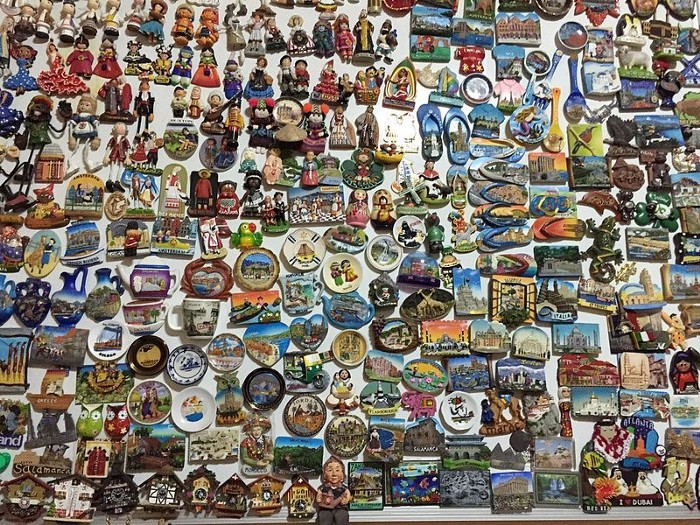Content governance
‘Governance’ is a broad term wherever it’s used. But the fundamental purpose is to always ensure quality - in what you produce and in how you produce it (which go hand-in-hand).
For content, this usually involves methods of oversight of planning and performance, writing clear standards and guidelines that define quality, and efficient workflows designed to deliver consistent output.
So for Shelter, content governance encompasses all of these, using a set of purpose-led governance models.
Our content governance isn’t to be confused with our digital governance, which uses senior-level oversight to plan new products and services that are pinned to Shelter’s overall strategy, and make evidence-based decisions. Governance for both digital and content are about ownership and responsibilities.
Why is content governance important?
Our content governance, at its most fundamental level, protects Shelter. It guards us from publishing something that exposes us legally, and ensures all content has an owner who’s responsible for it.
Within that same thought, content governance also protects our users against poor experiences - anything from inaccessible content to off-brand or inconsistent design and writing.

Content governance also lets us avoid the “fridge magnet” syndrome: Putting content on our website just because we can, without thought of its real value to our audiences or to our strategic needs.
This mentality dilutes our efforts to meet users' real need, taking our focus away from what has true value for our audiences and for Shelter.
It also wastes charity resource. Time spent on ill-considered content publishing is time we can’t spend on scaling content that we know does have value for users, and for Shelter.
For any planned content, we make sure it’s connected to Shelter’s strategy, and for all published content, we use evidence to decide whether to change or retire it.
Our principles of content governance
These tenets guide our content operations:
The user is always at the centre of our content creation and publishing.
At some level, all our content helps Shelter achieve its strategic goals.
Every piece of content on our digital channels, big or small, has either a content owner or content manager.
All content must maintain the Shelter brand style guide, tone of voice and accessibility guidelines, and these standards are developed collaboratively (through our Communities of Practice).
Processes for producing and publishing content should be streamlined, to allow people from across the business to publish with ease.
Efficiency is a driver of quality. By working iteratively, we use a test and learn approach to always make evidence-based decisions about our content.
We learn from the content we’ve published and apply it when we plan future content.
We extend the value of our content. Before we create new content, we consider what existing content we can reuse, to reduce effort and avoid duplication.
Our models of content governance and who’s involved
Governing content is shared across Shelter, but the shape it takes depends on where in the digital lifecycle it occurs.
We use several models, each to fit our governance needs:
Core strategy - Ensuring the content we plan serves Shelter’s broad goals. This responsibility sits with the business owners as part of the Digital Leadership Group, and the content they plan with their Senior Content Owners and Content Managers is reflected and prioritised within their directorate’s digital roadmap.
Content management - This model covers creation, ensuring all new content meets our standards and guidelines. It also covers measuring and analysing live content, and using that insight to make decisions about how to manage content - making changes or updates, or removing it from our websites.
These duties sit with whichever teams are creating and publishing content - either content designers in the content teams (e.g. Central Content, Digital Advice, Content for Professionals) or content managers.
They all follow our principles, standards and guidelines for generating content that’s at a high level of user value and quality.Publishing workflow - This governance model covers how we deliver live content, defining the steps we take towards publishing great content, and who is responsible at each step. We use our CMS to define these roles and their permissions.
Standards and guidelines - This model is all about quality control, to help content creators make the choices that ensure users across our channels receive experiences that meet their needs effectively, and deliver value for Shelter.
Shelter’s Content Community of Practice owns and maintains our content standards and guidelines.
“I get my team to understand that content quality and consistency isn’t about robotically following rigid grammar or punctuation rules. It’s about making consistent choices - applying content as a tool to help the customer do what they’re in the experience to do.”
Torrey, Podmajersky, Strategic Writing for UX
Related
Learn about the lifecycle of our content
See how user journeys are important to our content ops
How we decide what to do, and what not to do
Visit our various guides for content producers, publishers, UX teams and others
Contact us about the digital framework
Have a question or comment? Found a bug? Or maybe you’d like to contribute to the framework? Use our contact form to get in touch.
